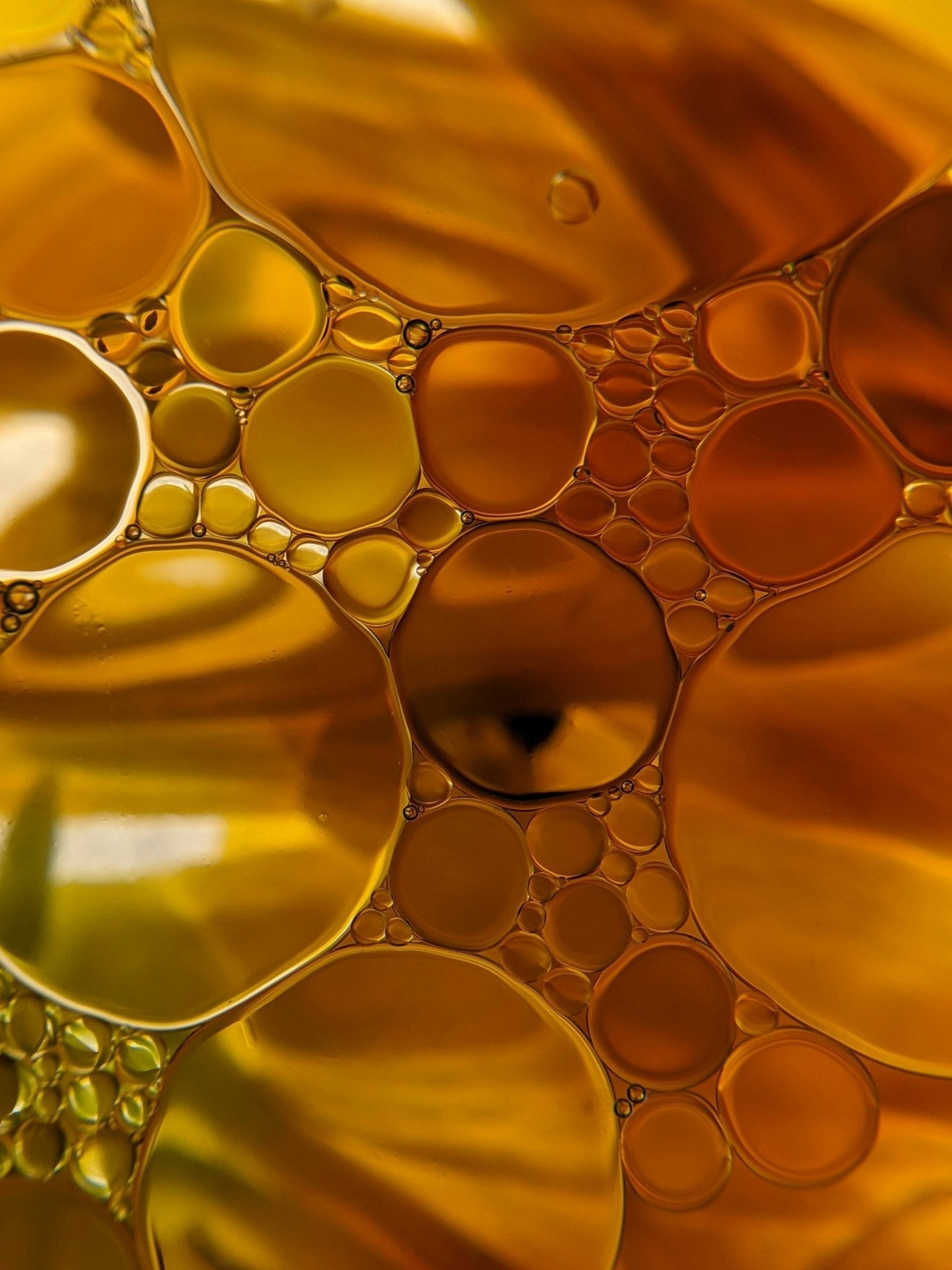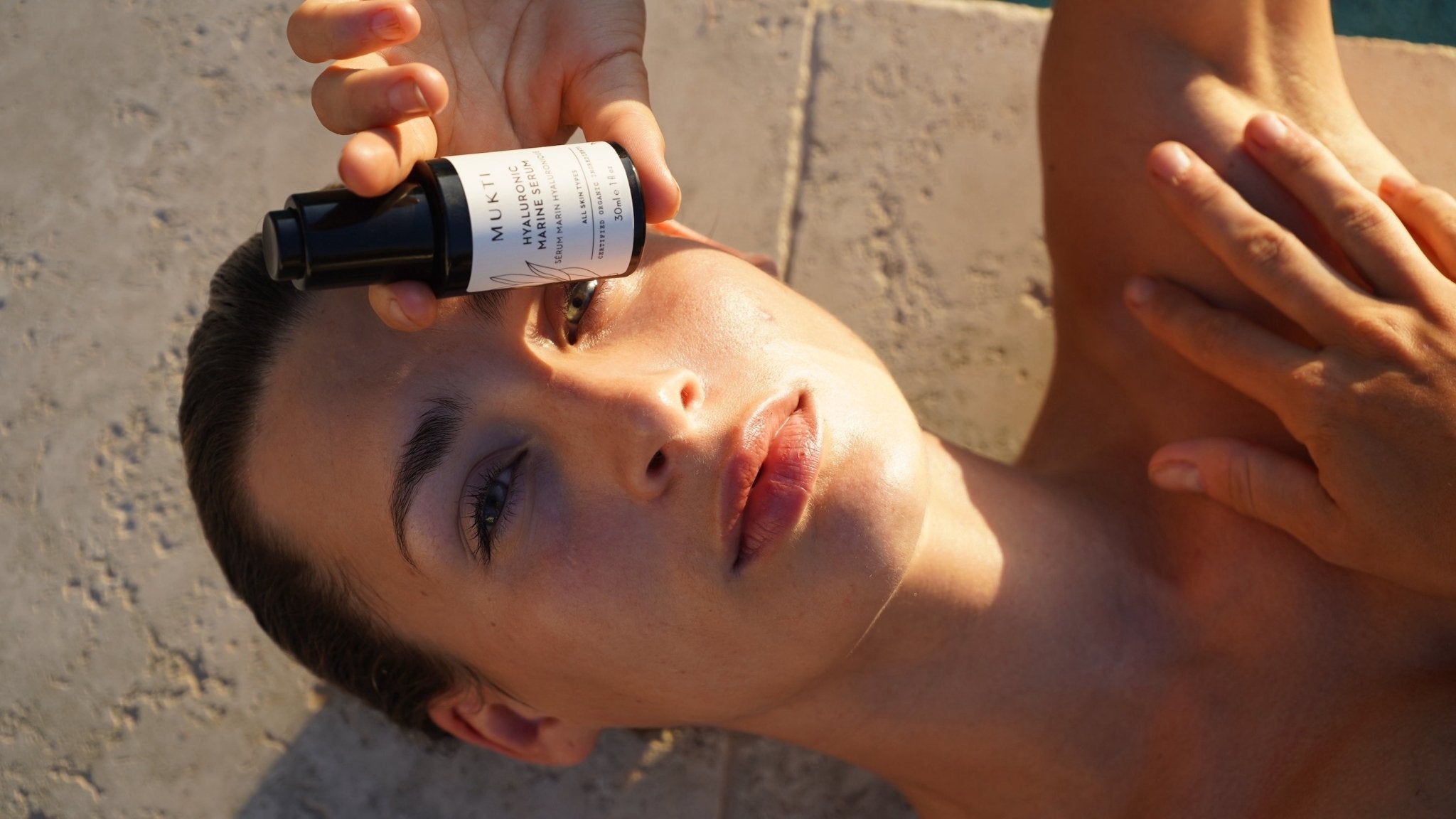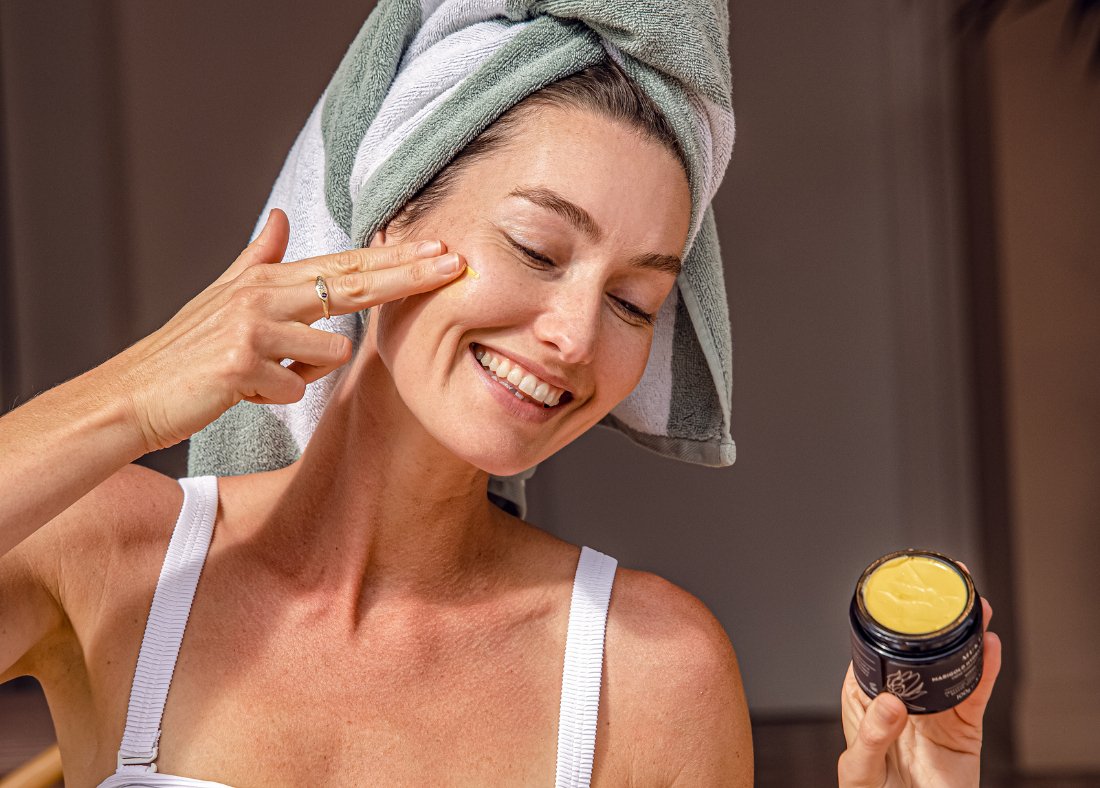
Is Tea Tree Oil Safe For The Skin?
Tea tree oil is an ancient healing remedy, used for centuries by Aboriginal and Torres Strait Islander peoples, and is now a staple in most Australian homes. We can all recognise its exceptionally strong signature scent, and have likely used it ourselves as a topical antiseptic or even a household cleaning agent. But what are the rules when it comes to tea tree’s use on the skin?
Tea Tree Oil’s History
Tea tree oil is obtained through the steam distillation of the Australian tea tree (Melaleuca Alternifolia) native to New South Wales and Queensland. Traditionally, the Bundjalung People would heat the tea tree leaves and inhale the vapours in order to treat coughs, colds and flus (1). A warm, damp collection of tea tree leaves were also applied topically to treat wounds and infections. Western scientific studies propose this antiseptic activity to be due to accelerated white blood cell activation.
The swampy regions around which tea trees grew were also traditionally referred to as “healing lakes”. The tea tree leaves would drop into these bodies of water and infuse their essential oils over time, changing the water’s colour to a deep brown and imbuing their antibacterial properties. These lakes were so culturally significant on Bundjalung Country that they were often used as sacred womens' sites, and even places of child birthing ceremonies.
Using Tea Tree On Skin
Today, tea tree is cited by medical and integrative health resources around the world as an antibacterial, anti-fungal, and wound-care agent both topically and via inhalation (2). Due to these anti-inflammatory and antibacterial properties, tea tree makes an excellent addition to skincare products aimed at conditions like acne and breakouts - especially those seeking natural, plant-derived ingredients. Some even cite tea tree as an effective ingredient in the treatment of skin and nail fungal conditions, dandruff, and contact dermatitis (3). It should be noted that tea tree oil is toxic when ingested, and should only ever be used topically and through inhalation. Pure tea tree essential oil can also result in irritation in some individuals when used directly on the skin including itching, dryness and flaking. This strong essential oil can still yield powerful results when only small qualities are incorporated into skincare products, or blended with a carrier oil.
Tea tree is just one of an abundance of powerful native plants found throughout Australia, plenty of which are incorporated into modern skincare - including our Mukti products! Given its well-known and widespread use over hundreds of years, tea tree oil has certainly stood the test of time as an effective multi-purpose skin remedy.
Mukti Products You Can Find Tea Tree in:
Daily Moisturiser with Sunscreen
References
(1) WWF Australia, TREETMENT: 5 CULTURALLY-SIGNIFICANT TREES USED IN ABORIGINAL AND TORRES STRAIT ISLANDER MEDICINE, 2023. https://wwf.org.au/blogs/treetment-5-culturally-significant-trees-used-in-aboriginal-and-torres/
(2) National Center for Complementary and Integrative Health, Tea Tree Oil, 2020. https://www.nccih.nih.gov/health/tea-tree-oil
(3) Medical News Today, How To Use Tea Tree Oil For Skin, 2019. https://www.medicalnewstoday.com/articles/326376#uses




Leave a comment
This site is protected by hCaptcha and the hCaptcha Privacy Policy and Terms of Service apply.